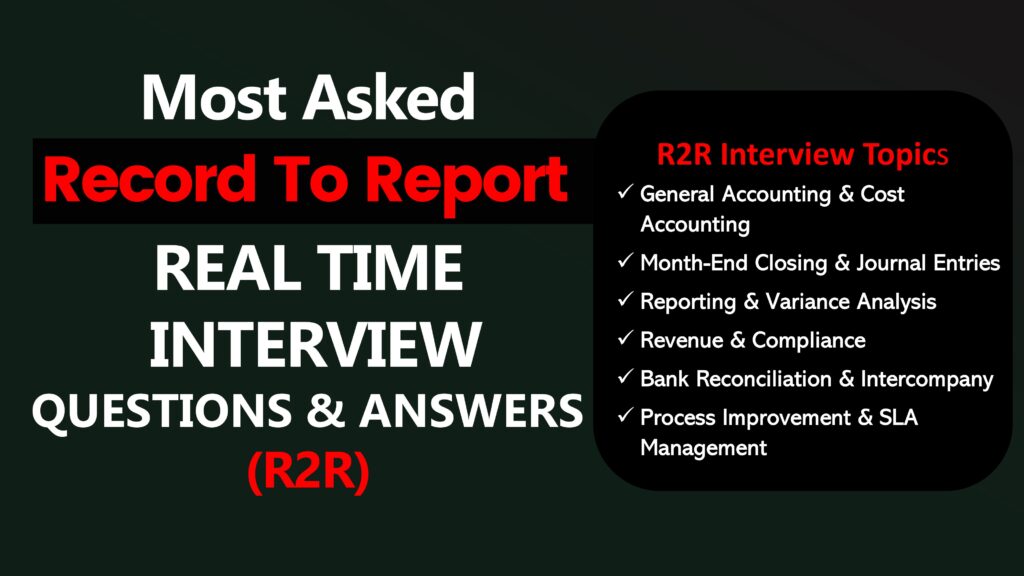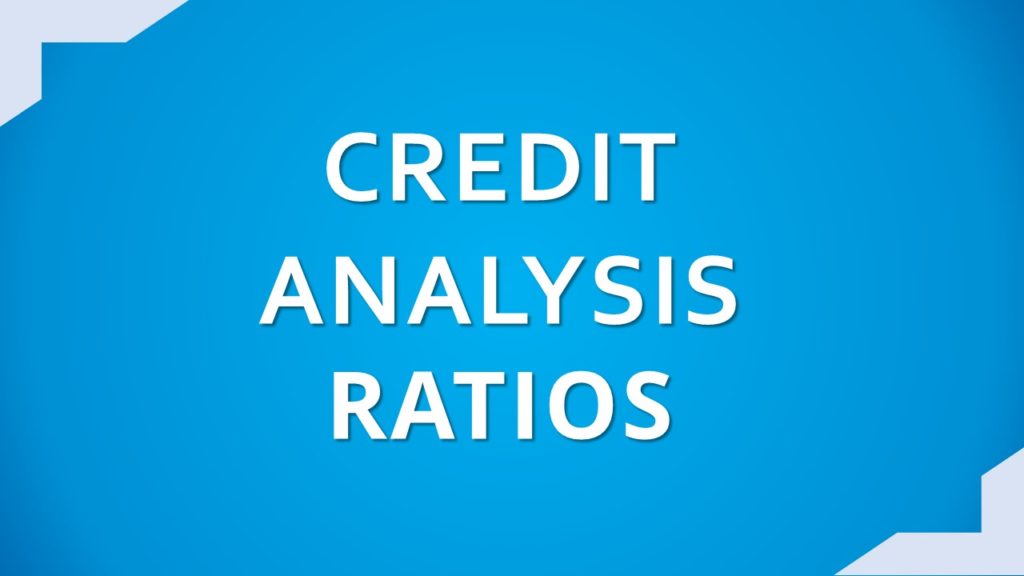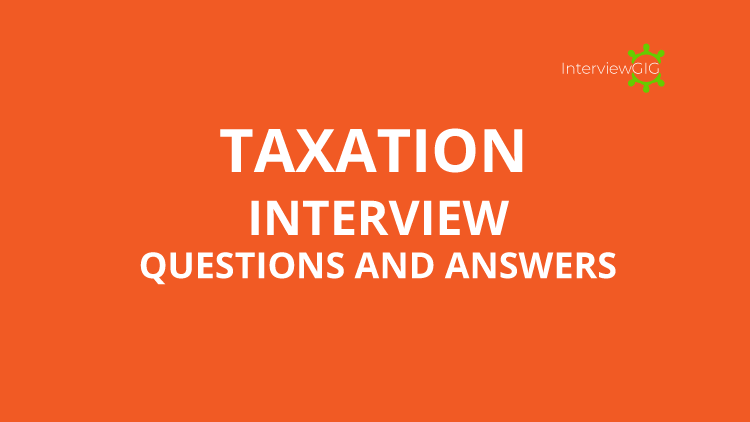What is GST?
GST stands for Goods and Services Tax. It is an indirect tax which was introduced in India with aim of replacing a host of other indirect taxes such as VAT, excise duty service tax, CST, luxury tax, and entrainment tax.
What is an input GST?
GST on purchases is called Input GST.
What is an output GST?
GST on sales is called output GST.
What is GST Payable?
GST payable is difference between of Output GST and Input GST.
GST Payable = Output GST – Input GST.
How many different Types of GST?
There will be 3 Different GST’s
CGST (Central GST)
SGST (State GST)
IGST (Integrated GST)
What is GST Credit?
If the input GST is more than the Output GST, then its the GST Credit. While the It calculated differently for different types of GST.
What are the differences between CGST, SGST and IGST?
| CGST |
SGST |
Integrated GST (Interstate GST) |
| Full form of CGST is
Central Goods and Services Tax |
Full form of SGST is
State Goods and Services Tax |
Full form of IGST is
Interstate Goods and Services Tax |
| CGST will also be charged on Local Sales within State |
SGST will also be charged on Local Sales within State |
IGST will be charged on Central Sales (Sales Outside State) |
| It will be charged and collected by Central Government |
It will be charged and collected by State Government |
It will be charged and collected by Central Government on Interstate Supply of Goods and Services |
| It will replace taxes like Central Excise and Service tax |
It will replace taxes like VAT, Luxury tax and Entertainment tax |
It will replace taxes like CST(Central Sales Tax) |
What is ITC?
Input tax credit (ITC) is the subtraction of the tax money you have paid on inputs on the final output bill.
What is the input tax credit in GST?
GST input tax credit is the mechanism to avail of the benefit of tax paid on the purchase. In any value-added tax, every person in the chain pays tax o n their value addition.
What is 2A in GSTR?
GSTR 2A is the auto-populated form of GST. When a supplier his GSTR 1 the data reflects in 2a of a related party.
What is RCM in GST?
RCM stands for Reverse Charge Mechanism.
If Seller Collects GST from Buyer and Pays to Government However, in some cases, Buyer Pays GST Directly to Government This is called Reverse Charge in GST.
Can CGST and SGST Adjusted Against Each Other?
CGST credit cannot be adjusted against SGST Payable. Similarly, SGST Credit cannot be adjusted CGST Payable. However, both can be adjusted against IGST Payable
Output IGST can be adjusted with Input GST in the following order
Input IGST if any
Input CGST if any
Input SGST if any
What are the different GST PMT Forms Lists?
Form Number Details in form
Form GST PMT – 1 Electronic Tax Liability Register of Taxpayer
Form GST PMT – 2 Electronic Credit Ledger of Taxpayer
Form GST PMT – 3 Order for re-credit of the amount to cash or credit ledger
Form GST PMT – 4 Electronic Cash Ledger of Taxpayer
Form GST PMT – 5 Challan for Deposit of Goods and Services Tax
Form GST PMT – 6 Payment Register of Temporary IDs / Un-registered Taxpayers
Form GST PMT – 7 Application for Credit of Missing Payment (CIN not generated)
What are the ITC forms?
Sl. No. Forms Available for Description of the Form
- FORM GST ITC-01 For Taxpayer Declaration for claim of input tax credit under sub-section (1) of section 18
- FORM GST ITC-02 For Taxpayer Declaration for transfer of ITC in case of sale, merger, demerger, amalgamation, lease or transfer of a business under sub-section (3) of
section 18
- FORM GST ITC-03 For Taxpayer Declaration for intimation of ITC
reversal/payment of tax on inputs held in stock, inputs contained in semi-finished and finished goods held in stock and capital goods under sub-section (4) of section 18
- FORM GST ITC-04 For Taxpayer Details of goods/capital goods sent to job worker and received back
In which cases is registration compulsory?
As per section 24 of the CGST/SGST Act, the following categories of persons shall be required to register, irrespective of the threshold limit:
- Persons making any interstate taxable supply
- Casual taxable persons
- Persons required to pay tax under reverse charge
- E-commerce operators required to pay tax under sub-section (5) of section 9
- Non-resident taxable persons
- Persons who are required to deduct tax under section 51
- Persons who supply goods and/or services on behalf of other registered taxable persons, whether as an agent or otherwise
- Input service distributor (whether or not separately registered)
- Persons who are required to collect tax under section 52
- Every eCommerce operator
- Every person supplying online information and database retrieval services from a place outside India to a person in India, other than a registered person
- Such other person or class of persons as may be notified by the Central Government or a State Government on the recommendations of the Council.
Why is Dual GST required?
India is a federal country where both the Centre and the States have been assigned the powers to levy and collect taxes through appropriate legislation. Both the levels of Government have distinct responsibilities to perform according to the division of powers prescribed in the Constitution for which they need to raise resources. A dual GST will, therefore, be in keeping with the Constitutional requirement of fiscal federalism.
New Updated GST Interview Questions and Answers 2023-24 | GST Basics To Advanced FAQ
When will GST be implemented?
Government may not be able to meet the initial GST implementation date of 1st April 2017. Its widely assumed that GST rollout will start only after 1 July 2017.
What is remission of tax/duty?
It means relieving the tax payer from the obligation to pay tax on goods when they are lost or destroyed due to any natural causes. Remission is subject to conditions stipulated under the law and rules made thereunder.





